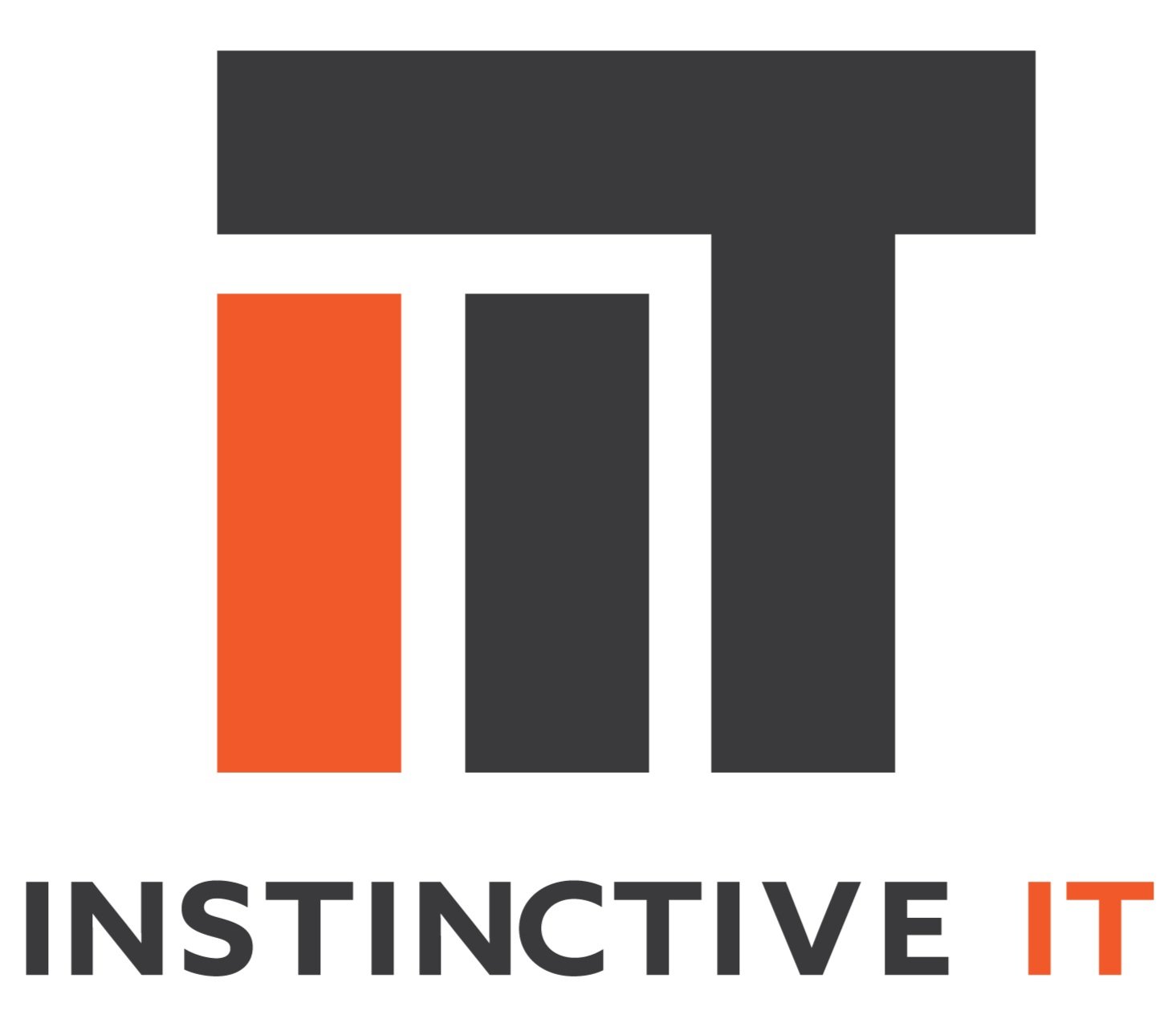Future-Ready Framework for Mid-Market IT Continuous Innovation
The journey to build and grow your IT organization requires continuous innovation. Without modernizing your IT, your business is creating an unstable foundation, making it hard set yourself apart from competitors who can come in and out innovate you. That is why it is imperative for the mid-market to embrace cloud hosting services, data analytics tools, and delivery methods such as DevOps to focus on innovation and prepare for the future. Without continuous innovation software development to accelerate application delivery you can quickly lose your foothold and competitive edge. Your business likely has ambitious plans this year and in the future that require constant focus and innovation. To achieve those goals consider leveraging a continuous innovation methodology and software development team to support current operations and build the next generation of features.
The launch of a new e-commerce site, mobile app, or other software development project lays the foundation for innovation. The journey ahead requires a diligent and practiced commitment to disciplined innovation thanks to evolving technology trends, markets, and changing customer demands pressuring your technology and product development teams to adapt to changing priorities and react to urgent unplanned needs. Tactical planning and execution must be agile to deal with the day-to-day challenges that surface in the course of doing business and learning new software development operations. So what might a scope look like for a sprint to align all efforts?
Sprint Cycle Durations: Before each sprint connect in a planning sessions to prioritize, estimate, and assign scope items to the upcoming sprint. Discuss and determine how much time should be reserved to provide rapid-response support. The amount of scope that can be included in each sprint is determined by the number of development resources and length of each sprint cycle.
[# of Dev. Resources] * [# of Days in Sprint] = [# of Hours in Sprint – Capacity]
Don’t forget to factoring in Stabilization Support for your current operations so they do not disrupt current sprint plans is also critical to growth. Having a hybrid of nearshore outsourcing and offshore outsourcing expertise often times makes sense to complete innovative work in the sprint cycle.
Leverage Software Development Capacity to Add Value
To streamline support and product development it is recommended to create dedicated teams with cross-functional experience for core activities such as design, coding, testing, integration. Creating a process to ensure collaboration and transparency between these teams is also an important piece to the puzzle. The term Sprint Capacity measures how many “development hours” are available to Planned Development and Production Support in each sprint. This provides a simple lever for the business to control and track how much work can be done and by when. Before the actual software development begins, the Product Development team ensures the innovative work that needs to be built is well-defined, designed, and prepared for our developers to build. The key roles defining, designing, coordinating, and testing the results of each sprint ensure the highest value is ultimately delivered to your business. Examples of resource tasks may include:
Software Development resources complete planned sprint work & respond to urgent disruptions with reserved support hours. Often times this is a hybrid of IT offshore outsourcing, nearshore outsourcing, and on-site.
Product Development resources identify, specify, assign, and validate work to ensure our delivery aligns with business strategy. Depending on requirements, this is generally a blend of on-site resources and nearshore outsourcing.
Companies in the mid-market segment are increasingly realizing value through investing in the cloud, mobile, AI, Internet of Things, and data analytics. Having a continuous innovation methodology and team to support your new investments and build the next generation of features offers IT the ability to leapfrog bigger competitors and differentiate their business, thus giving IT leaders a greater license to invest in other technologies and attain more influence in setting the technology agenda and business.
IT organizations always have multiple initiatives going on in parallel. Being able to leverage a process to accommodate those multiple streams of work can require on-site resources, nearshore outsourcing, offshore outsourcing, or a hybrid of all of the above to best meet sprint target dates for project tasks. In each sprint planning session, discuss target dates for project tasks and enhancement priorities. Based on a strategic calendar, target work to the appropriate sprints so your teams can achieve those dates and maintain progress in other streams of work. Beyond implementing these practices, it is just as important to execute on them in a scalable and systematic manner to achieve continuous innovation.
Instinctive IT works with our mid-market clients to determine the most effective pace and blend of resources to deliver the appropriate value at the appropriate times for their unique business. Contact us to start a conversation.


